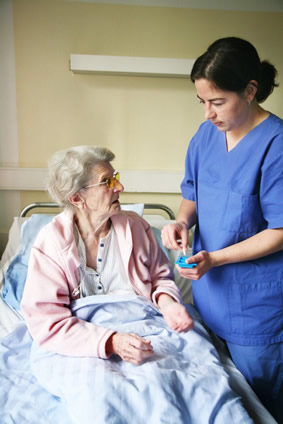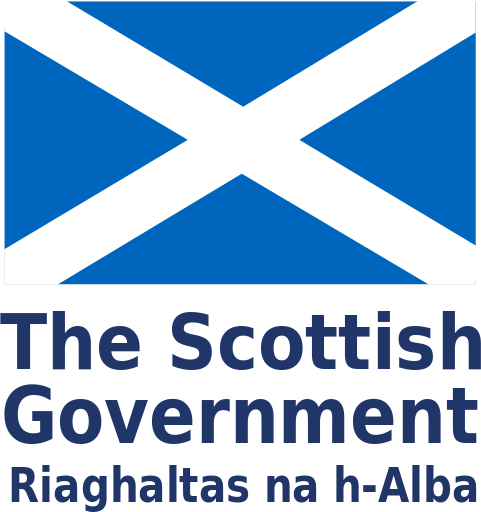 On completion of this module you should now have a critical understanding of the common physical complications which can occur following stroke and how these may be prevented. Where complications have arisen you should understand the importance of early detection and appropriate management.
On completion of this module you should now have a critical understanding of the common physical complications which can occur following stroke and how these may be prevented. Where complications have arisen you should understand the importance of early detection and appropriate management.
You will have learned:
- Which important common physical complications can occur following stroke
- How to recognise the clinical features of those common physical complications
- Strategies to prevent the development of common physical complications
- Individual assessment and treatment strategies for particular physical complications
- About establishing a regimen for maintaining a patient’s optimal physical condition to promote recovery
- The benefits of prompt interventions on patient outcomes with respect to physical complications
The following common physical complications have been covered in this module:
- Hemiplegic shoulder pain
- Abnormal muscle tone
- Chest infection
- Pressure ulceration
- Deep vein thrombosis
- Limb swelling (oedema)
You have reached the end of this Conclusion. What do you want to do next?
Page last reviewed: 20 Feb 2020


